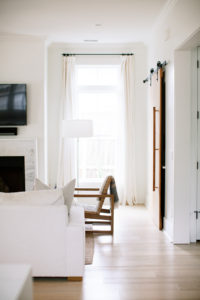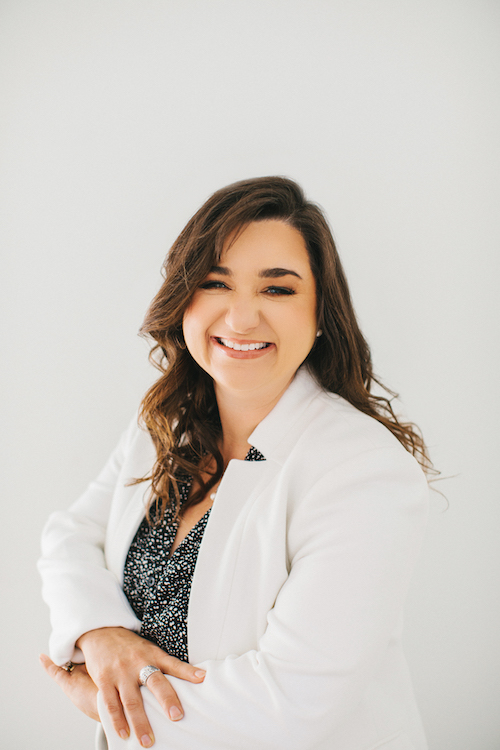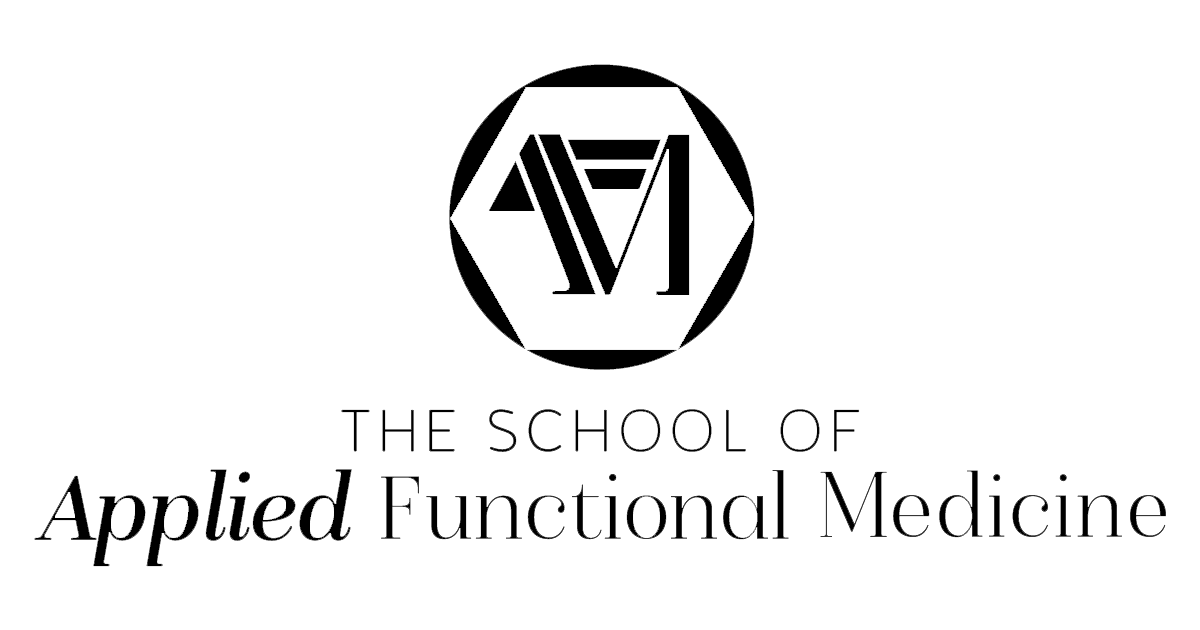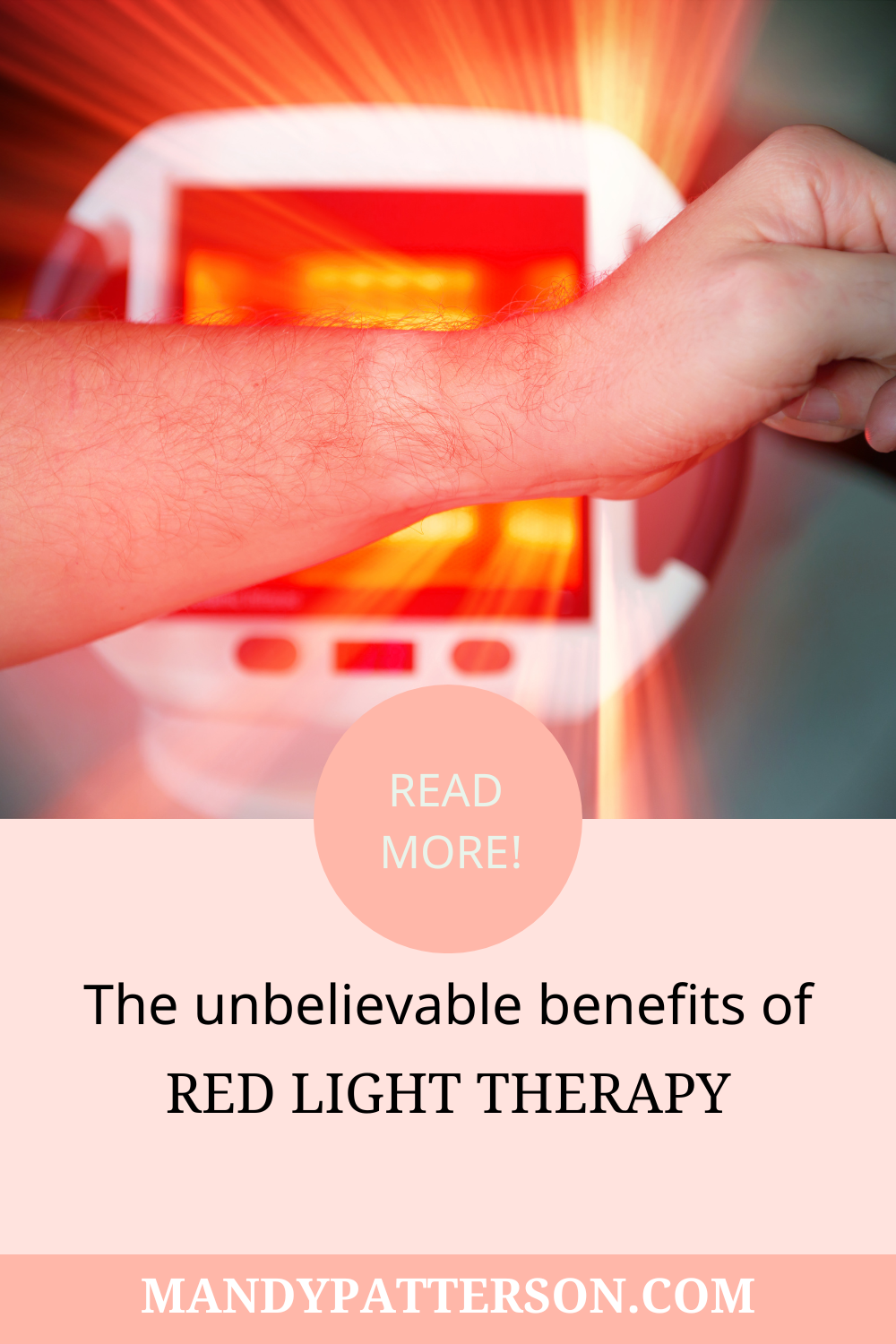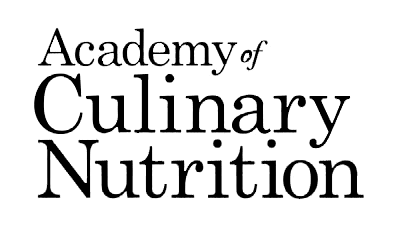It’s a Spring day. The sun shines and a brisk wind blows through your home. Windows are open and you just finished a deep clean of all the cracks and crevices that filled with dust over the long winter. Hands on hips, pink bandana in hair, you take a deep breath of fresh, citrusy air. A good spring clean will certainly scare all the bad dust particles out of your home and improve your indoor air quality.
But, did you know that indoor air can often be more polluted than outdoor air? According to the EPA our indoor environment can be 2 to 5 times more toxic than outdoor air, and on average Americans spend 90 percent of their lives indoors! Relax, take a deep breath, today we’re talking about five natural solutions to purify your indoor air and improve your indoor air quality.
Sources of Indoor Air Pollutants
There are many sources of dangerous indoor air pollutants. The WHO links household pollutants to around 3.8 million premature births worldwide. This is not to mention the other poor health effects of indoor air pollution. According to the Fourth National Climate Assessment, more than 100 million people living in the U.S. are in areas where air pollution exceeds health-based air quality standards. Inadequate ventilation, off-gassing from furniture and building materials, mold spores, and chemicals from household cleaners are just a few of the sources.
In many cases, outdoor air pollution can even make its way indoors. Traffic pollution particles, chemical pesticides, and ozone and mercury can all flow in. Our shoes can track in pollen and other allergens as well.
Let’s discuss some of the most common indoor air pollutants.
Mold
Mildew, viruses, and mold thrive indoors. They contaminate your indoor air, especially black mold. Mold is a serious problem and in most cases you need to call an expert to remove it. Standing water and water leaks are breeding grounds for mold, bacteria, viruses, and their toxic by-products. Statistics from the EPA suggest that 85 percent of buildings in the U.S. have past water damage and 45 percent currently have a leak.This provides a huge number of hospitable homes for mold to grow!
Household Products
While the trend for “clean” household products like multi-surface cleaners, detergents, and makeup is on the rise, household products still contain a multitude of toxins. The average home is estimated to have about 63 synthetic chemicals, or 10 gallons of hazardous material. Candles, air fresheners, cleaners, and nail polish are just a few common household products that spread toxins into the air.
These toxins are also known as Volatile Organic Compounds (VOC’s), or substances that are emitted as gasses from certain solids and liquids. Toxic ingredients that can be found in indoor air are linked to asthma and allergies.
Building Materials
Other substances that emit VOC’s are the carpet and upholstery in your home, especially the glue that holds your carpet in place. VOC’s can also be found in paint. They are linked to cancer and heart and lung disease.
Formaldehyde and PCB’s are also commonly found toxins in building materials such as wire coatings, adhesives, sealants, and wood finishes. Let’s not forget asbestos. You probably remember the commercials in the early 2000’s linking mesothelioma and asbestos. From the 1930’s to the 1970’s it was a common material used as insulation and fire retardant in new houses.
Pesticides
Pesticides are chemicals used to kill off unwanted weeds or plant growth. Statistics show that 75 percent of U.S. households used at least one pesticide product indoors in the past year. Farms, public parks, and soccer fields all receive public spraying of pesticides. Your shoes are likely in regular contact with some form or other of pesticide. Just think about it, do you really want something meant to kill plant life inside your home?
Cooking & Heating
Carbon monoxide and nitrogen are emitted from poorly ventilated coal, gas, kerosene, or wood sources of cooking and heating. Sources that emit carbon monoxide include: gas water heaters, gas stoves, wood stoves, fireplaces, generators, gas space heaters, and car exhaust from attached garages. Meanwhile, sources that emit nitrogen include: welding, tobacco smoke, and kerosene heaters.
Both of these gases are highly dangerous but can be avoided through proper cleaning and ventilation.
Health Effects of Poor Indoor Air Quality
The danger of poor indoor air quality is that you may not experience the effects until years later. Although, there are also often immediate effects after exposure. For example, you may experience a runny nose and dry eyes. Your throat may become irritated and you may be fatigued or irritable. You could even suffer from headaches or dizziness.
But left alone, indoor air pollutants can create more serious problems.
Unaddressed indoor air pollutants can be considered as poor a health choice as eating an unhealthy diet or skipping out on sleep.
For example indoor air pollutants can cause:
Respiratory Disease:
Cardiovascular Disease:
Autoimmune Disease
Brain Damage
Natural Solutions to Improve Your Indoor Air Quality
Even if you have the cleanest house in the world, your indoor air can still be polluted. A clean house does help, but thankfully there are more ways you can purify your home’s air! The following list includes 5 natural solutions to purify your indoor air so you can breathe easy knowing your family is safe from the harmful effects of air pollutants!
-
Eliminate The Source
The first step to purifying indoor air is to eliminate the source of the pollutant. Adjust gas stoves and other cooking appliances to decrease emissions. Remove all dangerous synthetic scents in your home. This could include dryer sheets, candles, and even garbage bags! Make sure to clean air conditioners and your air ducts and furnace filters regularly. You don’t have to do it all at once, take it in small chunks so you don’t get overwhelmed. There are also alternatives like soy or beeswax candles and essential oils you can use that don’t cause air pollution.
-
Ventilation
Let fresh air into your home on a regular basis to improve indoor air quality. Proper ventilation keeps air fresh and healthy indoors. Most heating and cooling systems do not bring fresh air into the house. Open the windows and doors to let that air inside. Also, don’t forget to use bathroom and kitchen exhaust fans to help reduce indoor contaminates.
-
Non-Toxic Household Products
Healthy home products are key! Choose non-toxic, all natural home cleaning and beauty products to reduce the toxic load and VOC’s in the air. Commonly used beauty products such as hair sprays and mousses can be items that poison the air you’re breathing inside. A fun way to use non-toxic household products is by making your own homemade options!
-
Thoughtful Furnishing
Avoid furniture, rugs, and other interior decorations that contain harmful air pollutants and fire retardants. If you have the option, choose hardwood floors and throw rugs that you can wash. Also consider purchasing an organic mattress as most mattresses are loaded with toxic chemicals.
-
Houseplants
Bring nature indoors! Houseplants are an effective way to remove pollutants from the home. Some of the best houseplants to purify indoor air and improve indoor air quality include:
- Bromeliad
- Dracaena
- Spider plant
- Jade Plant
You can find a list of the top 10 houseplant air cleaners here!
Work With A Holistic Health Coach
Don’t be overwhelmed by the amount of information, we can tackle this together. As a Certified Holistic Health Coach I’m here to help you achieve your vision of optimal health. I want to bring joy back into your life through better health and sustainable lifestyle choices. Send me a message through my contact page and let’s talk about how we can feel better and breathe easier!


